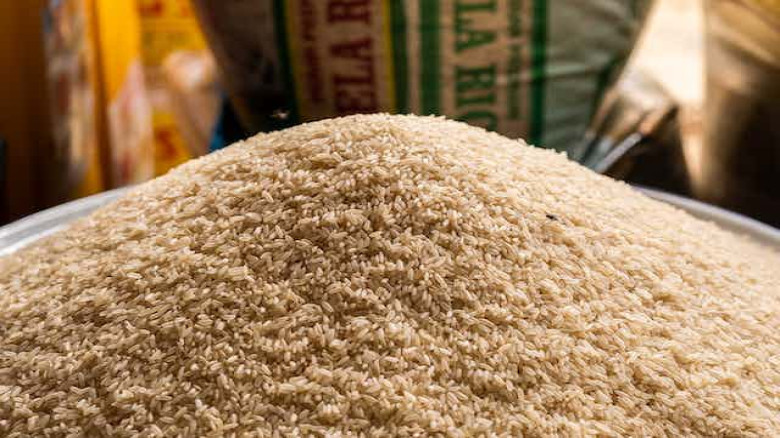Nigeria's Rice Import Expenditure Projected to Surpass Anchor Borrowers Programme Funding
Nigeria is anticipated to witness a surge in the cost of rice imports during the 2023/24 marketing year, potentially surpassing the cumulative N1.08 trillion spent under the Anchor Borrowers Programme (ABP) over eight years. The ABP is a scheme designed to provide farmers with essential funds and inputs to enhance local production.
The 2023 grain report on Nigeria from the United States Department of Agriculture (USDA) reveals a projection that the country will import 2.3 million metric tons (MMT) of parboiled rice in 2024, indicating a 10 percent increase from the 2.1 million projected for the current year.
Currently priced at $568 per ton, data from the International Grain Council indicates that Nigeria might spend a substantial $1.31 billion importing rice in 2024 (2.3MMT multiplied by $568 per ton).
Using an exchange rate of N900/$, this translates to N1.2 trillion ($1.31bn), surpassing the total funding for the ABP by N100 billion.
The report attributes the increased preference for rice imports to various factors such as insecurity in farming areas, high input prices, and inadequate mechanization. These factors favour imports over domestic production, particularly due to higher local prices.
"In addition, increasing demand for foreign rice coupled with high production costs has made local rice uncompetitive, especially in terms of quality," the report notes.
Despite the Central Bank of Nigeria's (CBN) decision in October to lift the ban on 43 items, including rice, from accessing foreign exchange (FX) after eight years, analysts predict that the move might intensify rice importation in the coming year. This is attributed to Nigerians' high preference for local parboiled rice and concerns about the quality of local varieties.
The USDA report highlights challenges faced by Nigerian rice millers, including high operating costs, primarily driven by high diesel and paddy costs. Additionally, factors like a weakening Naira and increased smuggling of foreign brands through land borders have made domestic production less profitable.
While local rice is comparatively cheaper, the report suggests that the price margin is not substantial enough to compensate for the perceived difference in quality.
In terms of production, the USDA report forecasts a decrease in Nigeria's rice production to 8.1MMT in 2024 from 8.5MMT in 2023. This is attributed to higher fertilizer prices, reduced access to farmlands in conflict-prone areas, and an increase in unrecorded rice imports of cheaper paddy.

























Leave A Comment